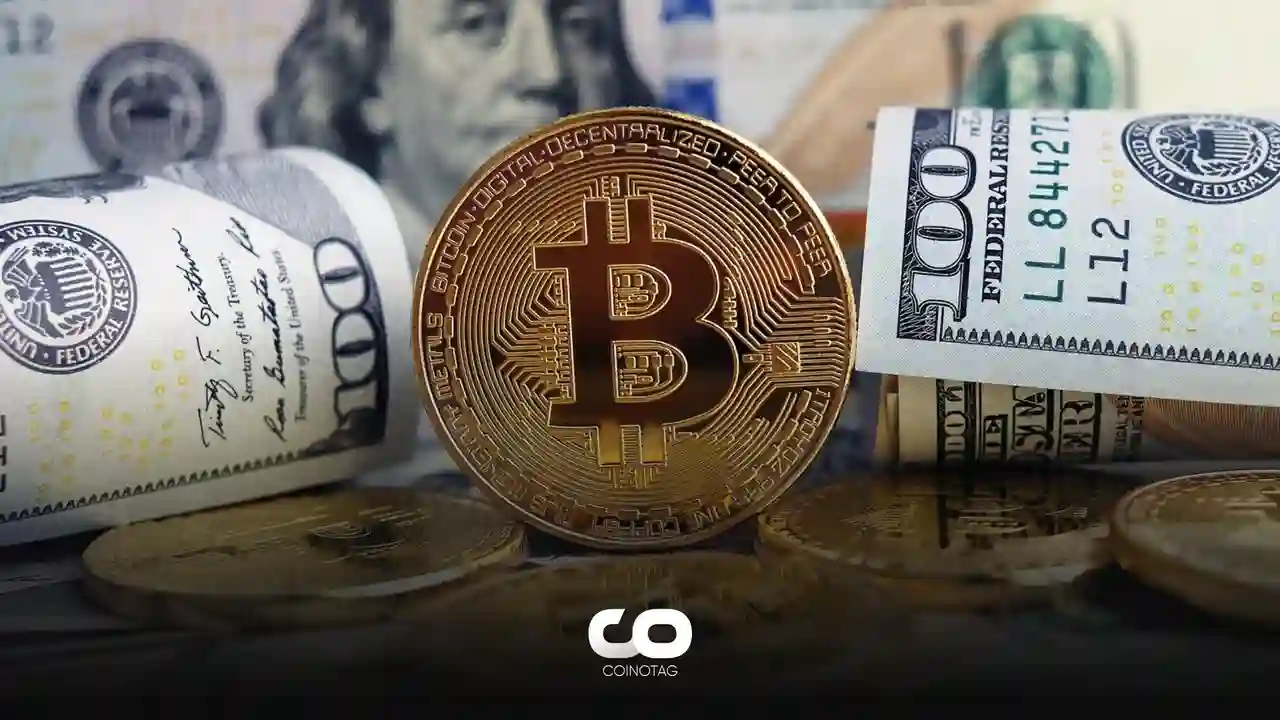- Bitcoin’s price correction follows an unsuccessful attempt to surpass the $71,000 level, indicating potential bearish sentiment.
- Spot ETF inflows emerge as a critical factor in Bitcoin’s price trajectory, with recent net inflows suggesting renewed institutional interest.
- Professional traders exhibit decreased optimism, possibly due to macroeconomic concerns and regulatory developments impacting market confidence.
As Bitcoin struggles to maintain its upward momentum amidst macroeconomic headwinds and regulatory scrutiny, the market’s focus turns to spot ETF inflows and the sentiment of professional traders for future price direction.
Bitcoin’s Resistance at $71,000 and Market Sentiment
After reaching highs near $71,000, Bitcoin experienced a setback to $68,430, with derivatives data hinting at a growing reluctance among professional traders to push the price further. This cooling sentiment is echoed in the cautious approach of bears, despite Bitcoin’s rally in the preceding days.
The Role of Spot ETF Inflows in BTC’s Price Dynamics
The recent shift towards net inflows in spot Bitcoin ETFs underscores the significant influence of institutional investment on Bitcoin’s market dynamics. Unlike previous outflows, the latest inflows suggest genuine demand from institutional players, although uncertainties remain regarding the $69,000 support level.
Professional Traders’ Sentiment and Economic Factors
An analysis of aggregated positions across various contracts reveals a decrease in the long-to-short ratio among top traders, signaling diminished confidence. This trend may be attributed to broader economic concerns, including the performance of major stock indexes and uncertainties surrounding the Federal Reserve’s interest rate decisions.
Global Economic Downturn and Regulatory Impact
External pressures, such as the potential economic downturn and regulatory challenges, including actions against KuCoin and discussions on cryptocurrency payments, contribute to the market’s apprehensive stance. These factors, coupled with mixed signals across asset classes, may be influencing traders’ reluctance to maintain leveraged long positions in Bitcoin.
Conclusion
The interplay between economic uncertainty, regulatory developments, and institutional investment flows is shaping Bitcoin’s price landscape. As the market navigates these challenges, the upcoming halving event and the actions of spot ETF investors and professional traders will be pivotal in determining Bitcoin’s trajectory in the face of adversity.

